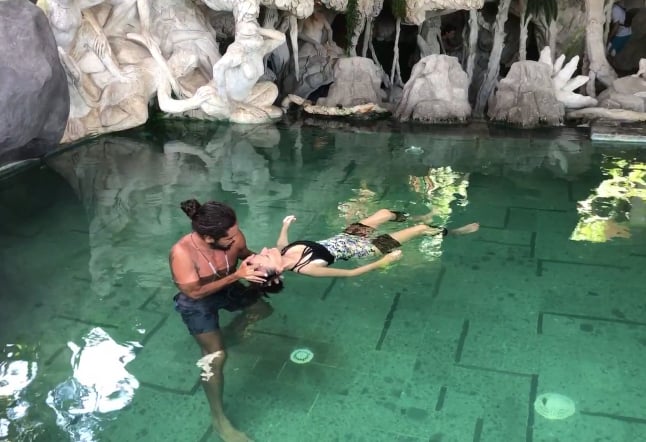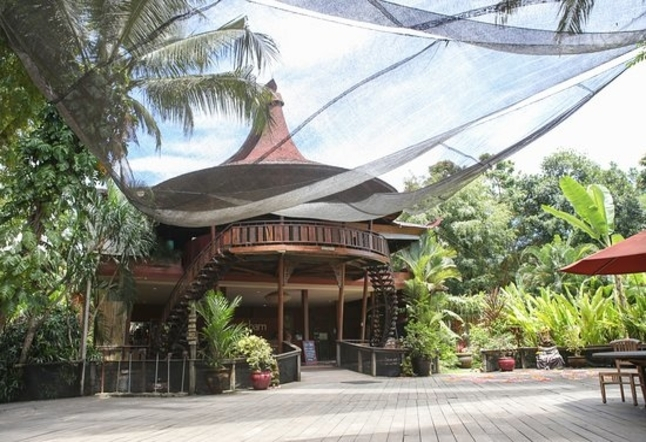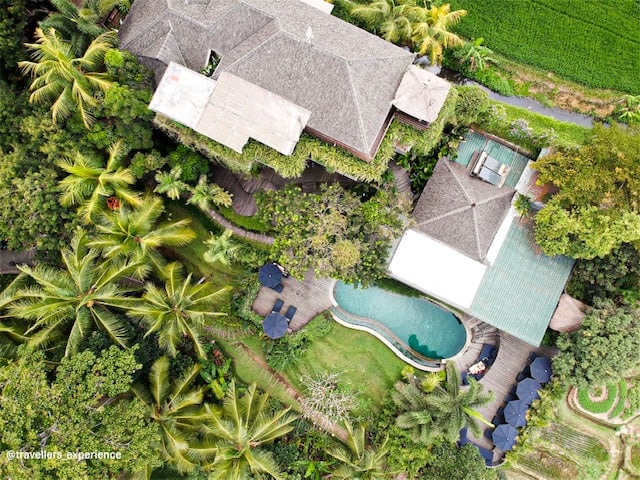Healing with Watsu in Bali: water therapy for stress relief and inner peace

Water healing, also known as Watsu (short for Water Shiatsu), is a transformative therapy that combines elements of massage, joint mobilization, acupressure, and gentle stretching in warm water.
More than just relaxation, Watsu is a powerful therapeutic experience for the body and mind.
What is Watsu?
Watsu is a form of aquatic bodywork performed in warm water, typically around 35°C (95°F). During a session, a trained practitioner gently cradles, moves, stretches, and massages your body while you float effortlessly.
The water’s natural support allows for movements that are not possible on land, creating a sense of weightlessness and deep release.
History of Watsu therapy
Watsu was developed in the early 1980s by Harold Dull, an American poet and bodyworker at Harbin Hot Springs in California.
Drawing from Zen Shiatsu principles and aquatic therapy, he created a flowing, meditative experience that promotes both physical healing and emotional balance. Since then, Watsu has become popular worldwide for its holistic approach to wellness.
Also read >>> The Purist Villas in Ubud
Benefits of Watsu
The benefits of Watsu go beyond simple relaxation. This form of water therapy can contribute to healing on multiple levels:
- Reduces muscular tension and stiffness
- Enhances joint mobility and flexibility
- Improves sleep and reduces stress
- Supports emotional release and trauma integration
- Encourages a meditative state of calm and presence
- Increases body awareness and promotes nervous system regulation.
For many, the effects are immediate, even after a single session. The body enters a parasympathetic (rest-and-digest) state, allowing for deep healing to take place naturally.
A typical Watsu session
A Watsu session usually lasts 60 to 90 minutes and takes place in a specially designed warm water pool. Here’s what to expect:
- You’ll be supported with floats around the legs if needed
- The practitioner will guide your body through rhythmic, flowing motions
- Gentle stretches and massages are integrated
- Periods of stillness allow your body to absorb and integrate the experience
- Sessions are conducted in silence or accompanied by soft ambient music
You don’t need to know how to swim. All movements are passive, and your face remains above water throughout.
Who can benefit from watsu?
Watsu is suitable for a wide range of people, including those dealing with:
- Chronic pain
- Anxiety or depression
- Fibromyalgia
- PTSD or emotional trauma
- Insomnia or fatigue
- Stress-related tension
However, Watsu is not recommended for individuals with certain conditions such as severe cardiac issues, contagious skin conditions, or acute infections. Always consult with a qualified therapist beforehand.
My personal experience with watsu in Bali
I experienced Watsu at Udara Bali in Pantai Seseh with Spiros, an experienced and intuitive facilitator. From the moment the session began, I felt a sense of deep trust and surrender. Spiros moved my body rhythmically through the water, creating a dance-like flow that helped me detach from the busy thoughts in my mind.
Moments of stillness were particularly powerful. They allowed my body and subconscious to process the physical and emotional release taking place. I left the session feeling both grounded and expanded — like I had come home to myself.
Why watsu in Bali?
Bali is known for its strong healing energy and spiritual atmosphere, making it the perfect setting for a practice like Watsu.
At Udara Bali, the warm water pool is surrounded by peaceful gardens and sea breezes, enhancing the overall sense of calm. The therapists here are highly trained, and the environment supports deep transformation.
Comparison with other therapies
While Balinese massage is invigorating and deep, Watsu offers a gentler and more introspective experience. Unlike traditional therapies, Watsu works with the element of water to facilitate a unique body-mind-spirit connection.
It can be particularly effective when used in conjunction with other holistic modalities like breathwork or sound healing.
Also read >>> Taksu Bali Spa, a hidden sanctuary in Ubud
How to prepare for a watsu session
- Avoid eating heavily 1–2 hours before your session
- Bring a swimsuit and towel
- Arrive early to relax and get acclimated to the space
- Be open to stillness and emotional release
- Hydrate well before and after
Where to book a watsu session in Bali
You can book a Watsu session with Spiros at Udara Bali, located in the serene village of Pantai Seseh. Spiros brings years of experience and a deeply caring presence to each session.
To inquire or book, contact him via WhatsApp: +30-693-226-1510
Final thoughts
Water Healing through Watsu is more than just a therapy. It’s a journey back to yourself — one that dissolves tension, resets the nervous system, and creates space for clarity and joy.
Whether you are seeking physical relief or emotional restoration, Watsu in Bali is an experience that stays with you long after the water settles.
Transparency note
This session was personally booked and not sponsored. The experience shared reflects genuine observations to help others considering this therapy.
References
- International Watsu Institute – watsu.com
- Research: “The Effects of Aquatic Therapy on Physical and Mental Health”
- Udara Bali Wellness Resort




